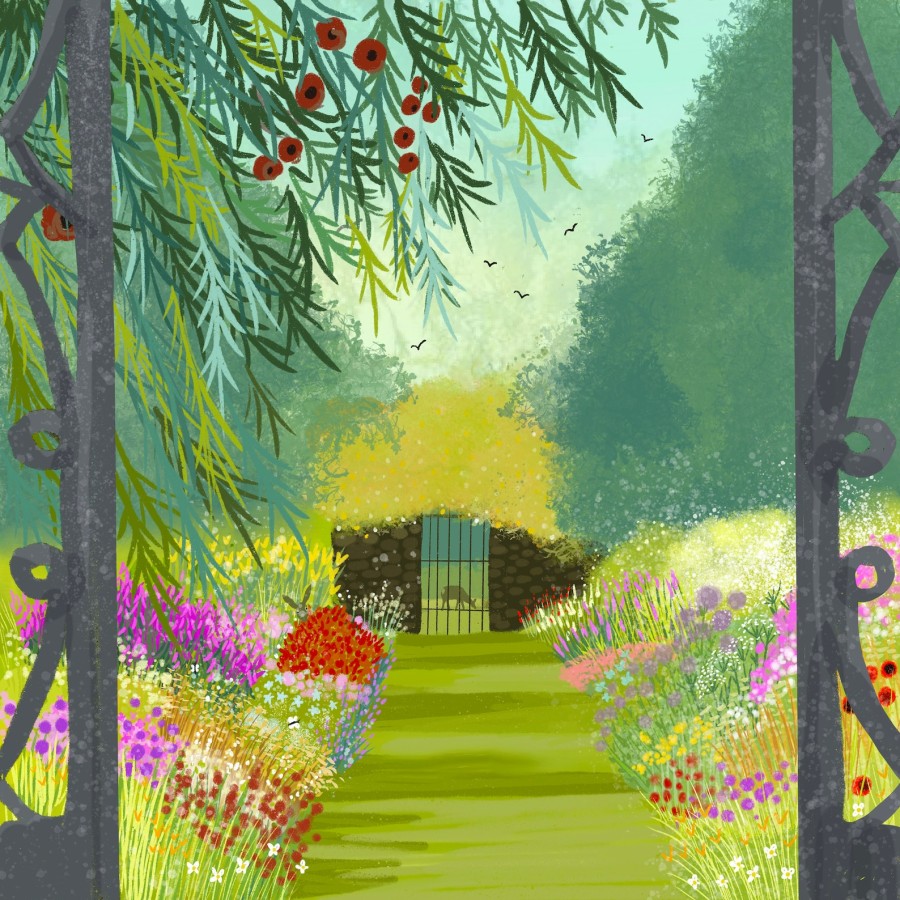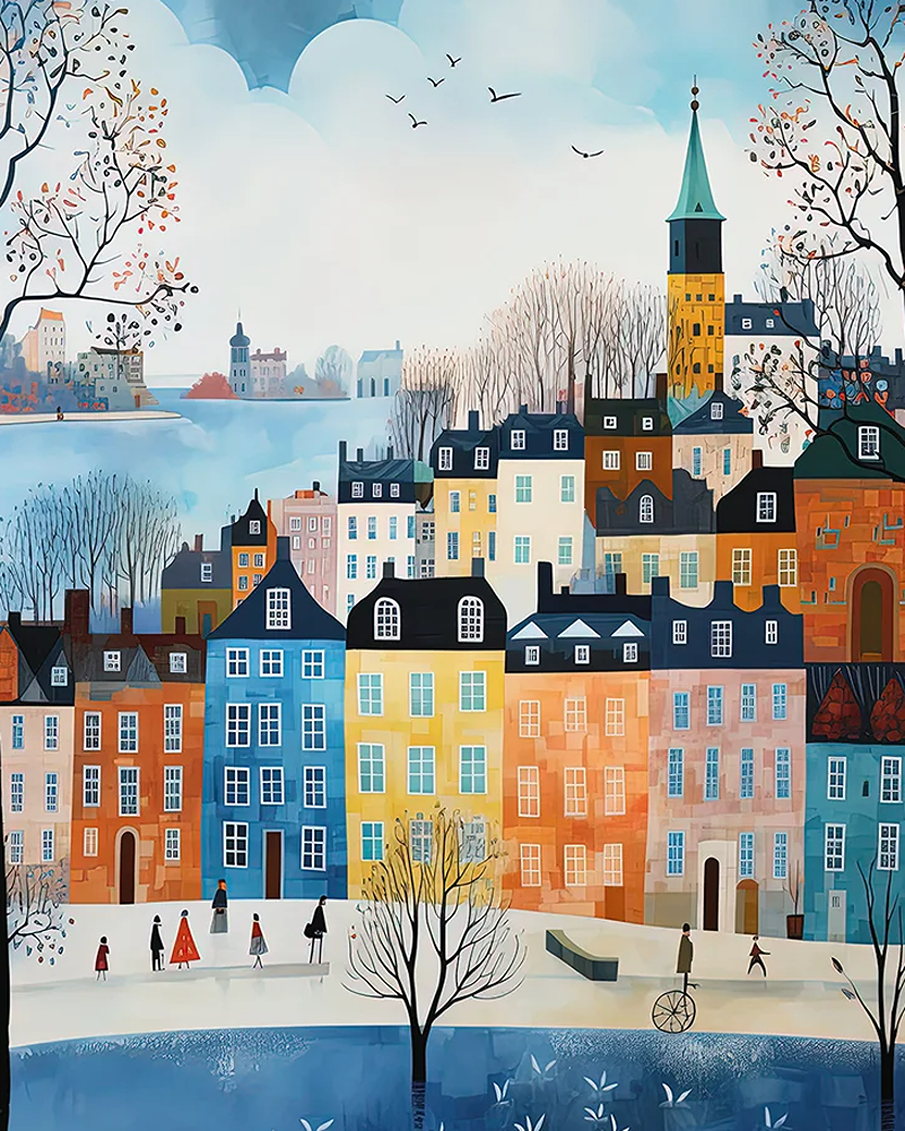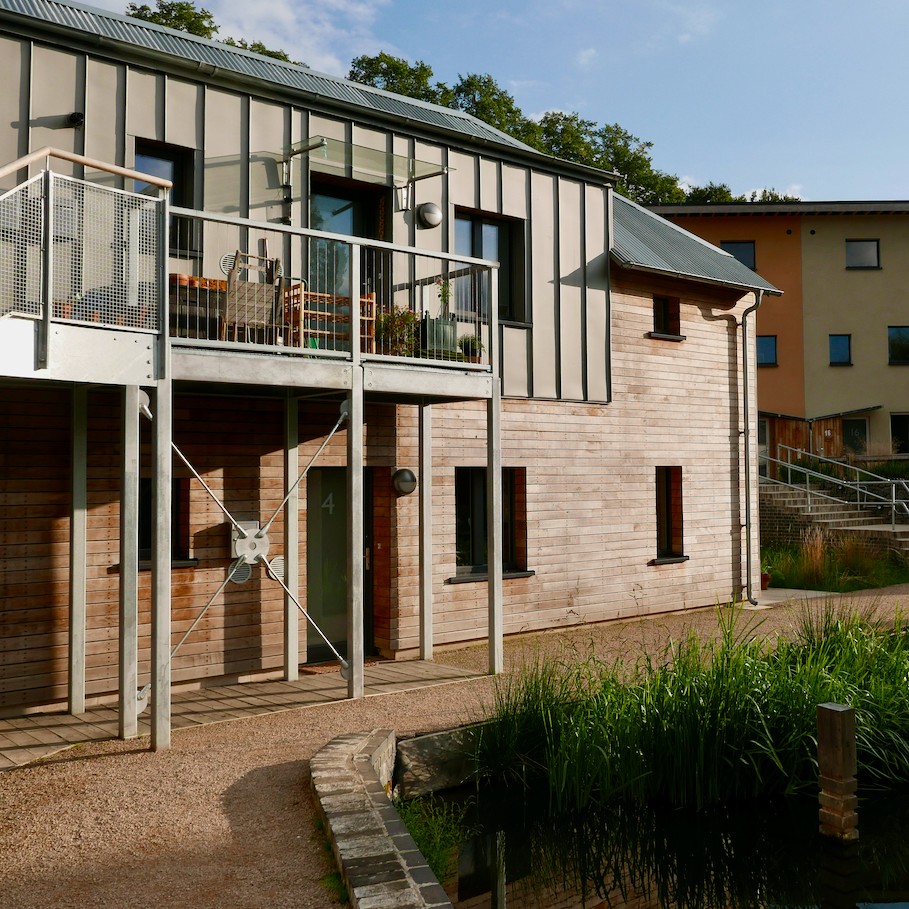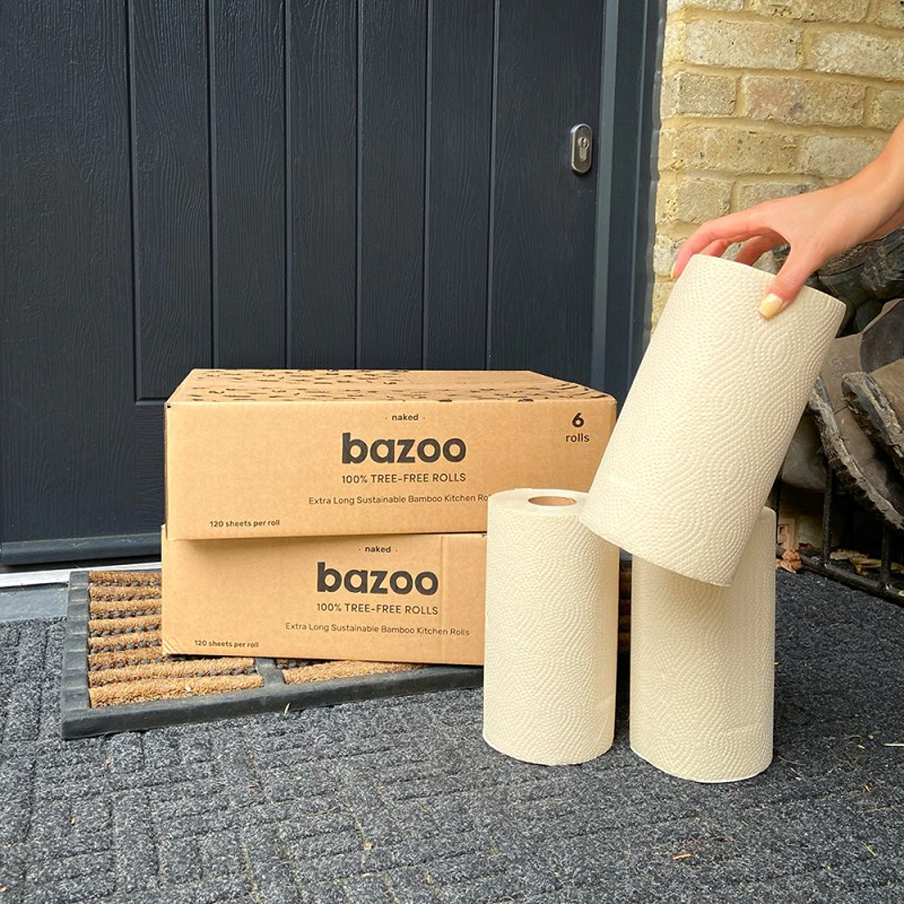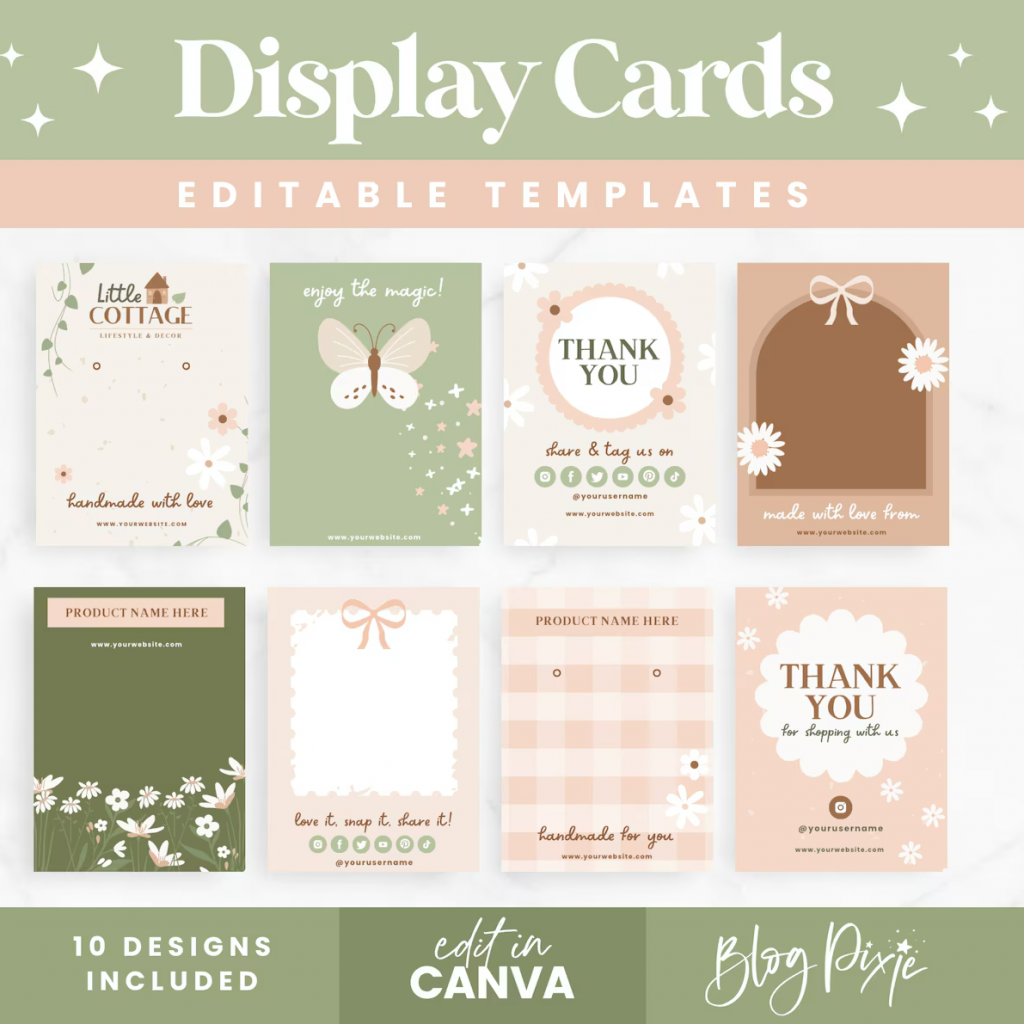
If you run a tiny business, the truth is that branding is important. People often make a decision within seconds of seeing your shop window, letterhead or website. So it pays to brand your business (or non-profit) to make it appeal. If your brand looks organised and attractive, this reflects on the service you offer. If you send out tatty letterheads and scruffy business cards (or have a rusty old sandwich board to promote your small shop) it speaks volumes on how you run your business. Likewise, websites that don’t invest in good themes (and are cluttered with pop-ups) send people scuttling away to find something else.
The bad news is that custom branding costs a small fortune. Most small businesses can’t afford (nor want) to spend hundreds of pounds on a business card, logo and shop sign. The good news is that there are talented graphic designers who can offer premade branding online. Just choose your favourite design (the designers will often amend words and colours for you, if you don’t have the knowledge to use software) then just upload to your website or take designs to the printer, to create beautiful across-the-board branding. For just a few pounds.
The design you choose, obviously depends on your business. You can go for fun and colourful (our logo cost around £10!) or for a more serious business, go for neutral or black-and-white tones. Fashion and beauty brands may wish to go for more ‘pretty’ in pastel tones. What’s more important is easy-to-read fonts.
Don’t be limited by using pre-made logos and banners for paper or websites. You can also use them to print onto reusable tote bags (to promote your indie shop a round town) or shop signs (blow the design up and have your signwriter do his magic). You can even use these designs to create greetings cards and branded ceramic mugs (to raise money for animal shelters or hospices etc).
Before branding your business, do a quick check to cover your legal bases. You don’t want to spend money on an ‘official name’ for all your marketing literature, if it’s similar to other companies, as people may mix them up!
So if all you’re waiting for is to know where to find these wonderful affordable designers, don’t worry. Spend an hour or so going through the designers listed in this post, then plump for whatever design you think would resonate.
You can really have fun with this. For example, say you own a cluttered gift shop. You could focus on a niche (say floral and nature) then start finding eco-wholesalers to gradually ‘build a brand’. Or perhaps a seaside shop that presently sells sticks of rock could focus on local coastal art and other nautical themes. Use eco-paints to decorate the shop to match your brand, and even add a matching online shop, to increase sales from out-of-town.
is it worth paying for marketing services?
In most cases, that would be a big fat ‘no’. There’s nothing wrong with PR companies, but most charge an absolute fortune. And most small indie shops are already struggling financially (as well as all non-profits). So you likely can’t afford to pay £100 an hour or so, for someone to give you a shout-out. If you run a ‘physical’ outfit (a shop, shelter etc), just offer excellence and kindness. If you run a website or blog or online shop, do the same. In both cases, it’s your staying power that will eventually find your customers/supporters. The key word is patience!
is social media worth doing for marketing?
Ditto. Pinterest used to be good as an extra ‘visual search engine’. But it’s become so complicated to use now, you’re better off spending your time just writing or photographying good content. Facebook and X (formerly Twitter) both have privacy concerns. The one and only way to get good traffic to a website or online shop is organic search engine traffic. This only comes from quality original content posted regularly, and again waiting (sometimes months) for results to show up. But once they do, it’s static and likely will continue to grow from then on.

